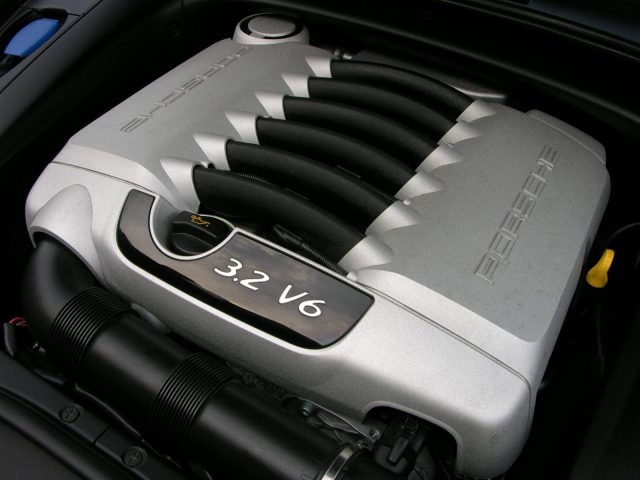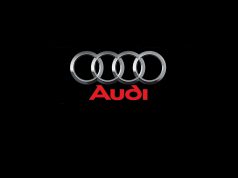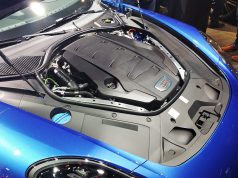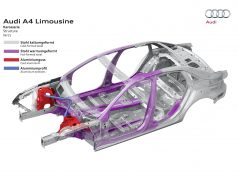Introduction
Porsche usually produces flat-4 (H4) and flat-6 (H6) engines, because most of its sports cars are rear-engine layout.
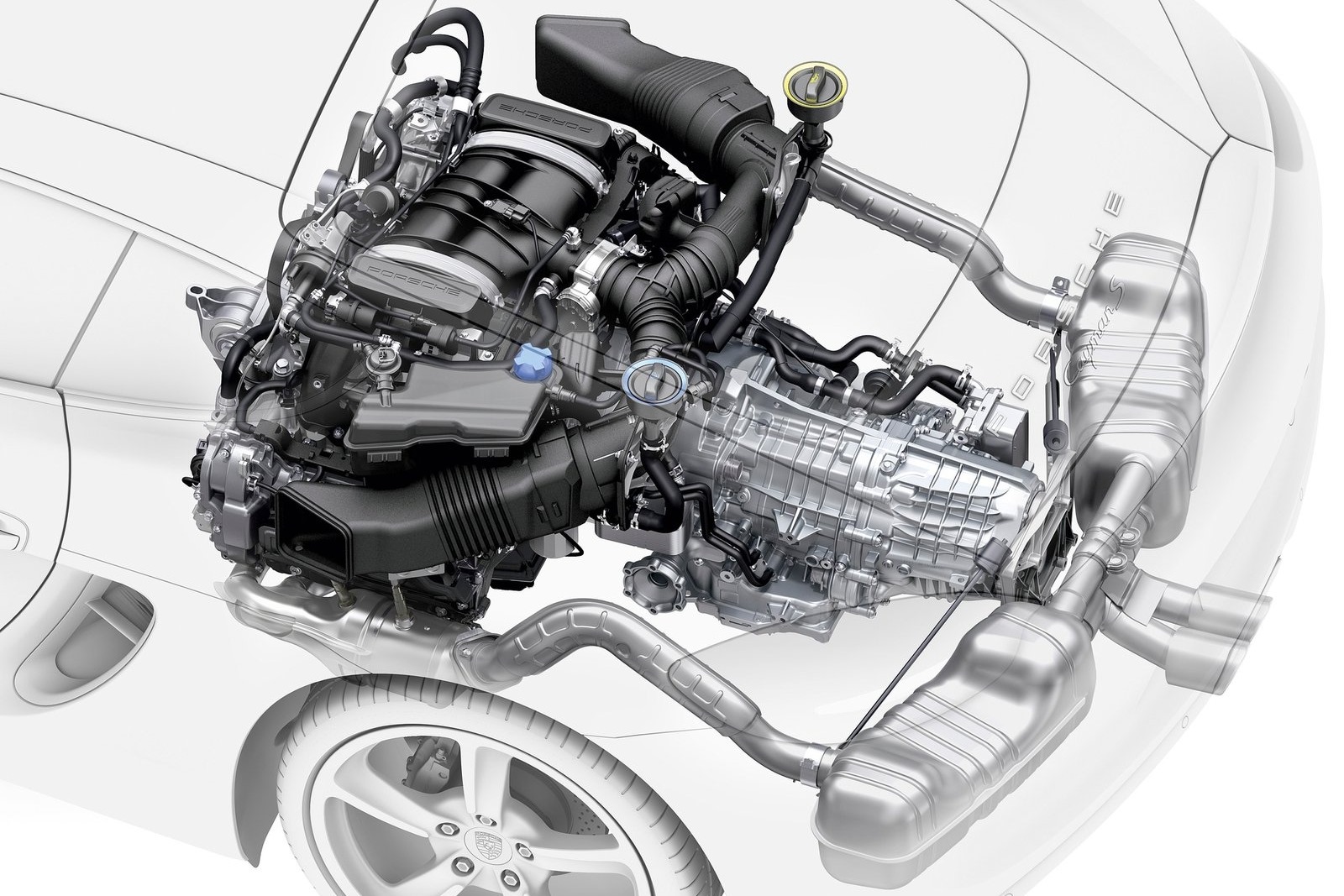
However with introduction of the Cayenne SUV and later on, the Panamera sedan, there is a need for new engines other than the H4/H6 types. Major reason is: for a rear-wheel-drive layout SUV or sedan, it is impossible to place a flat-4 and flat-6 engines in the front engine compartment, without significantly affecting the vehicle’s front/rear weight distribution.
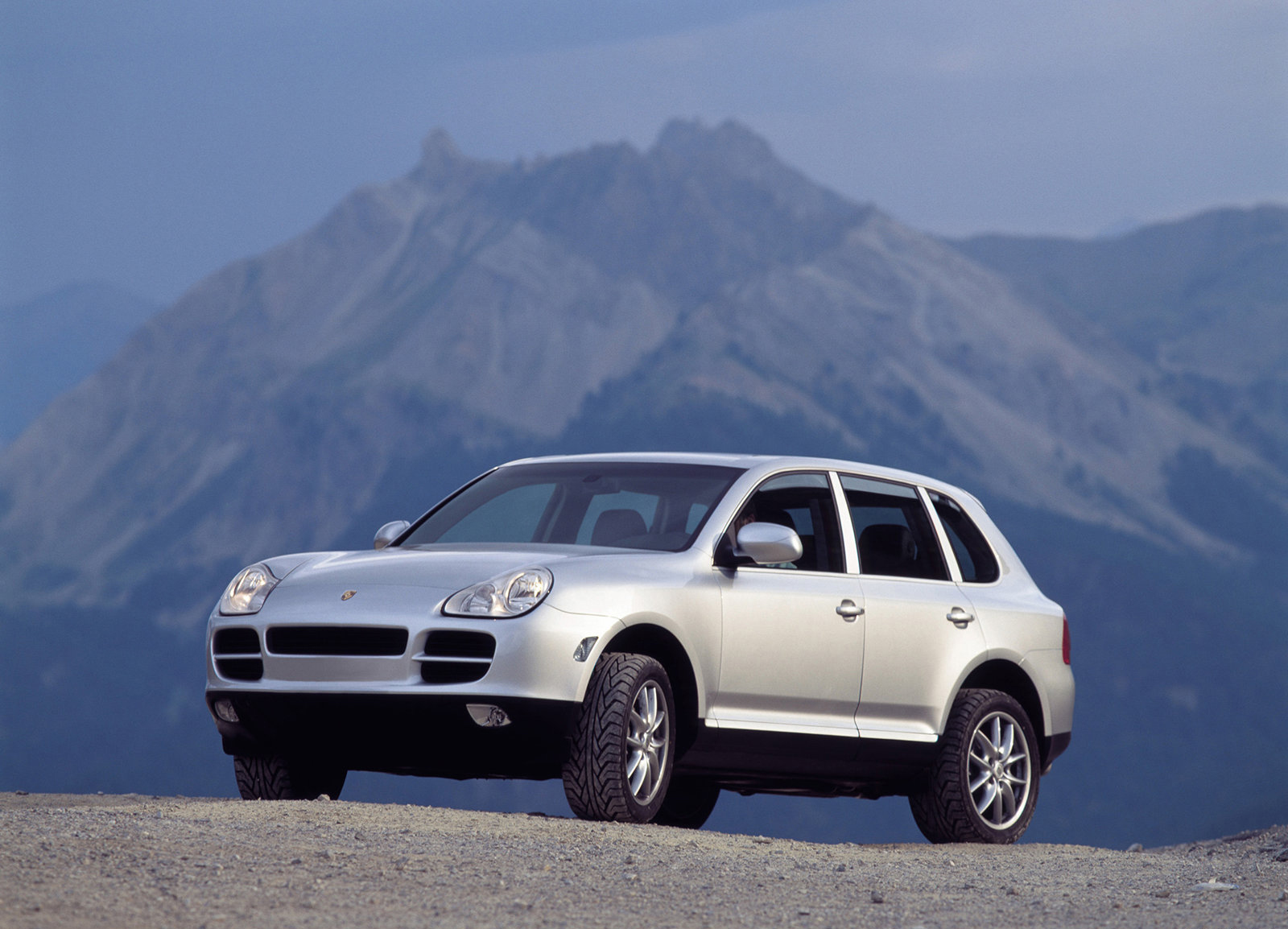
For example: if a flat-4 or flat-6 engine is placed too close to the firewall, the horizontal cylinder banks will block the steering shaft passage. Hence the typical solution is to move the engine all the way in front of the front axle, obviously the weight distribution will be greatly compromised.
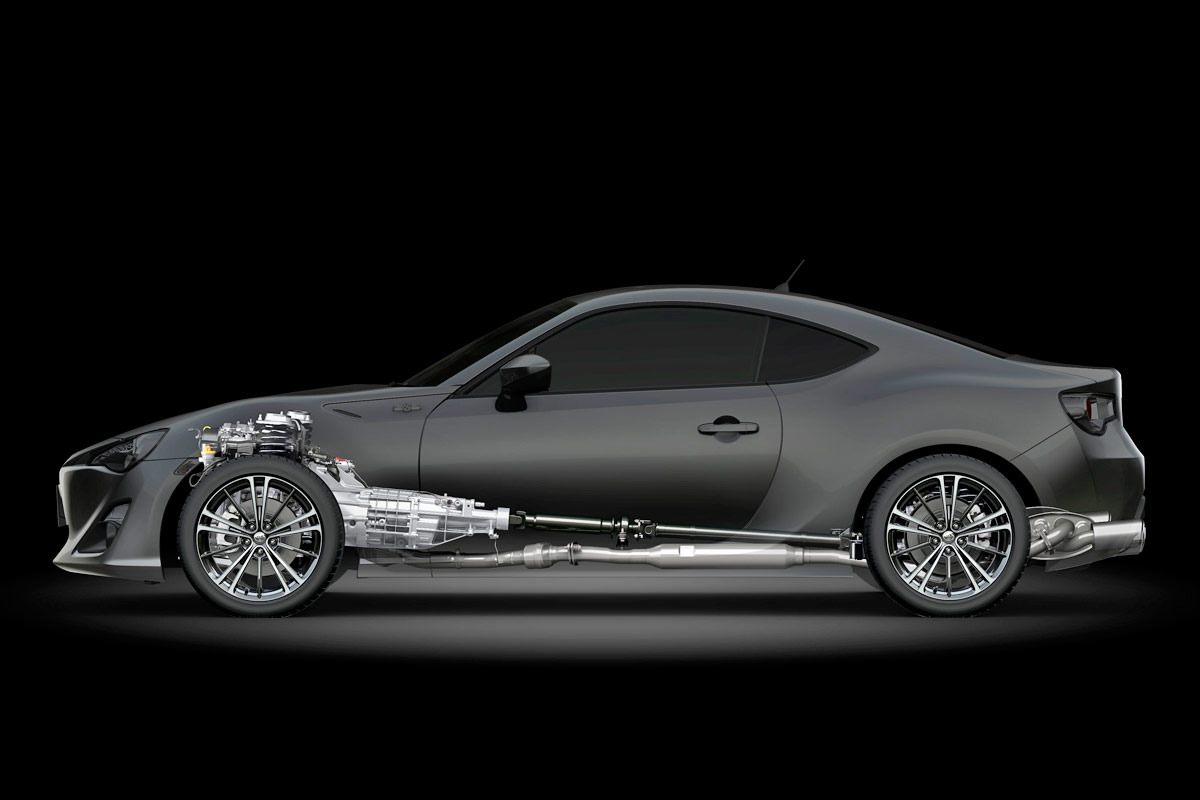
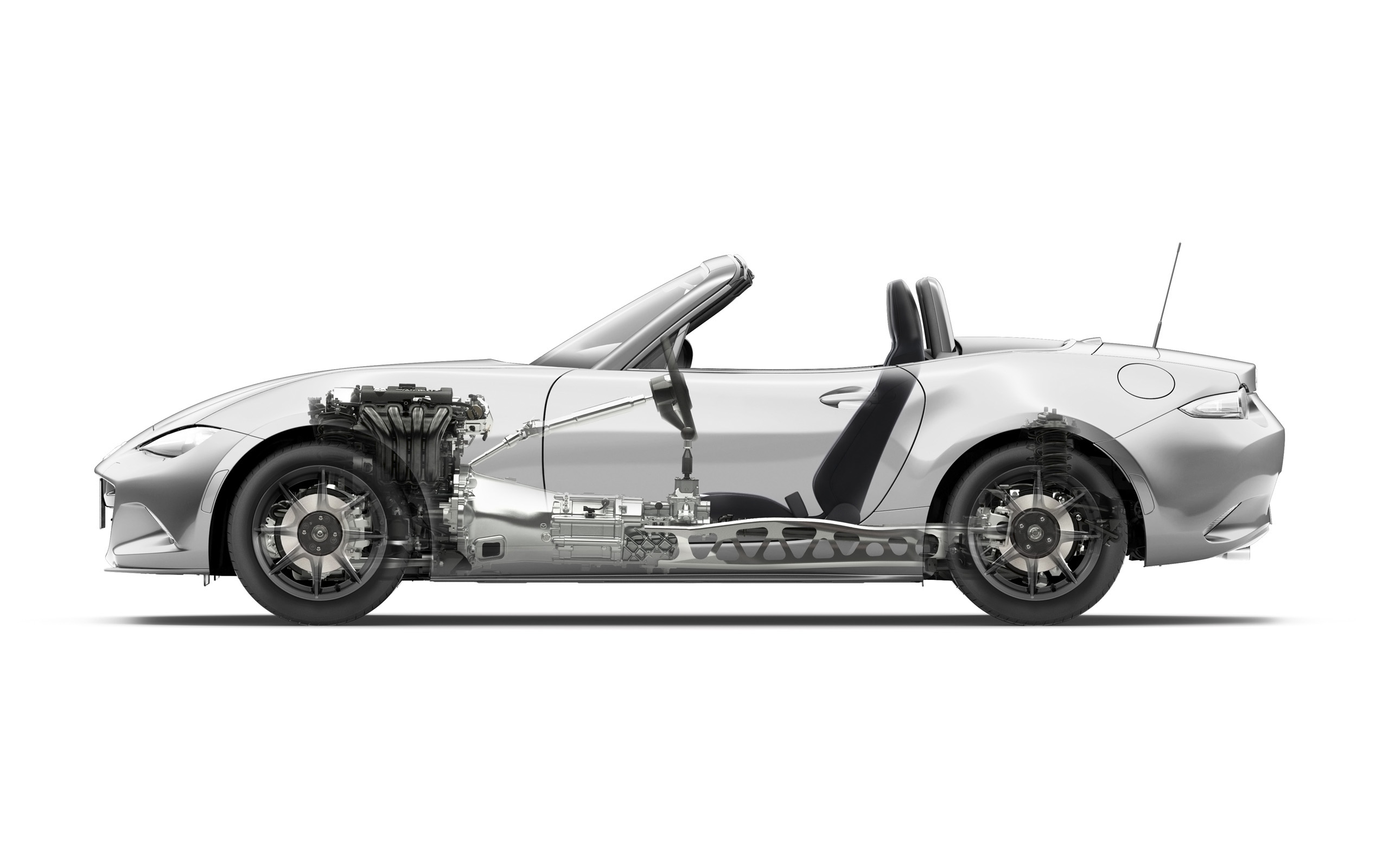
With that being said, inline or V-shaped engines are the way to go. Porsche engineers picked the later choice. This article series is a brief review on history of the Porsche V6 petrol engines. I will present you some interesting analysis, and explain why Volkswagen/Porsche make those decisions.
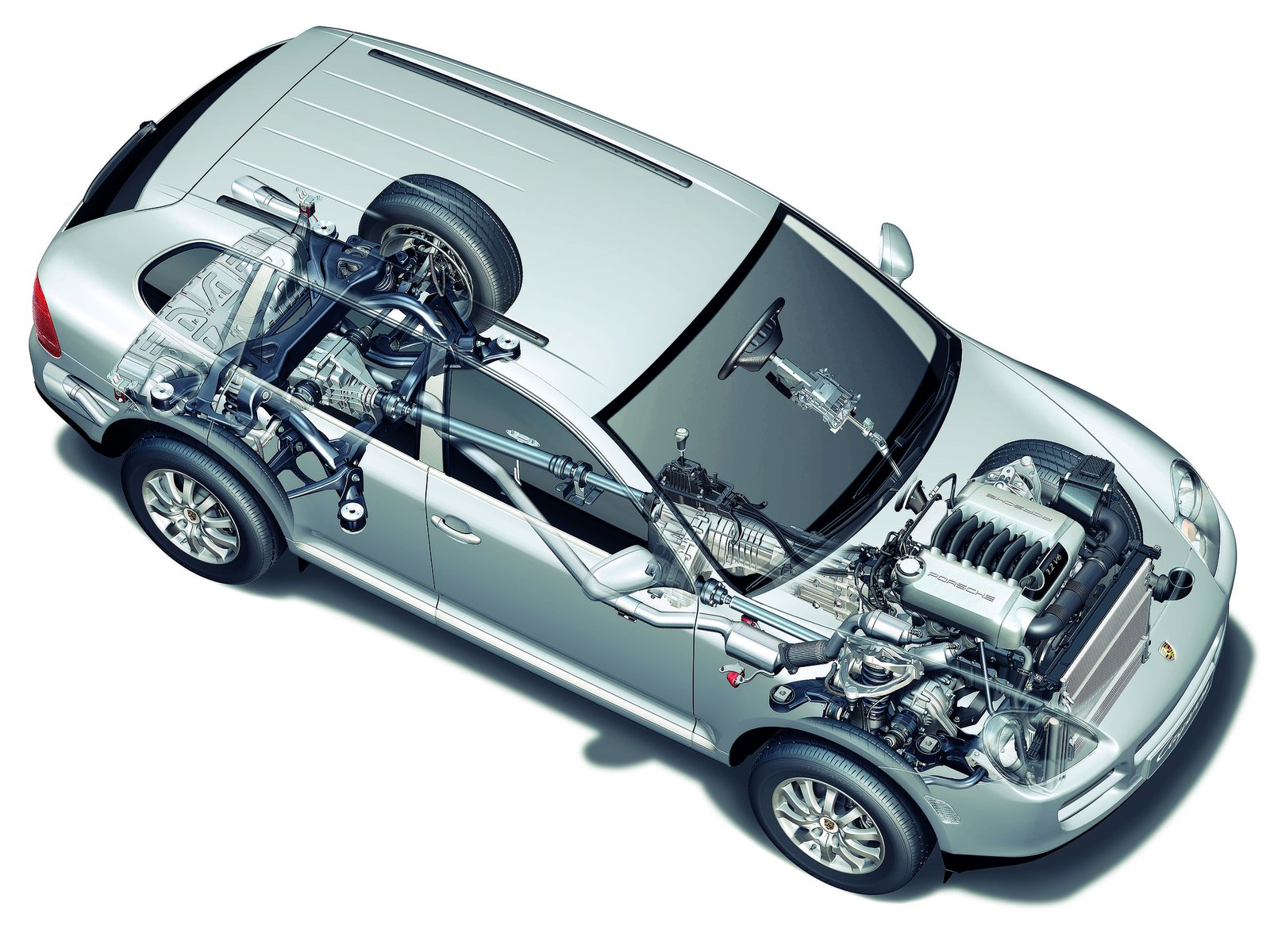
1991-2002: The Early Ages – VW VR6 v.s Audi V6
Back in the 1980s when the historically famous “Audi 5000 Unintended Acceleration Allegations” started to unfold, Volkswagen group was facing a huge setback in the US market. For example, Audi sold 74,061 cars in US in 1985, but the sales drop to the bottom of 12,283 units in 1991 and the sales did not recover for 3 whole years. The rapidlly worsen market condition even prompted VW to consider the option of withdrawing from the US market back in 1993.
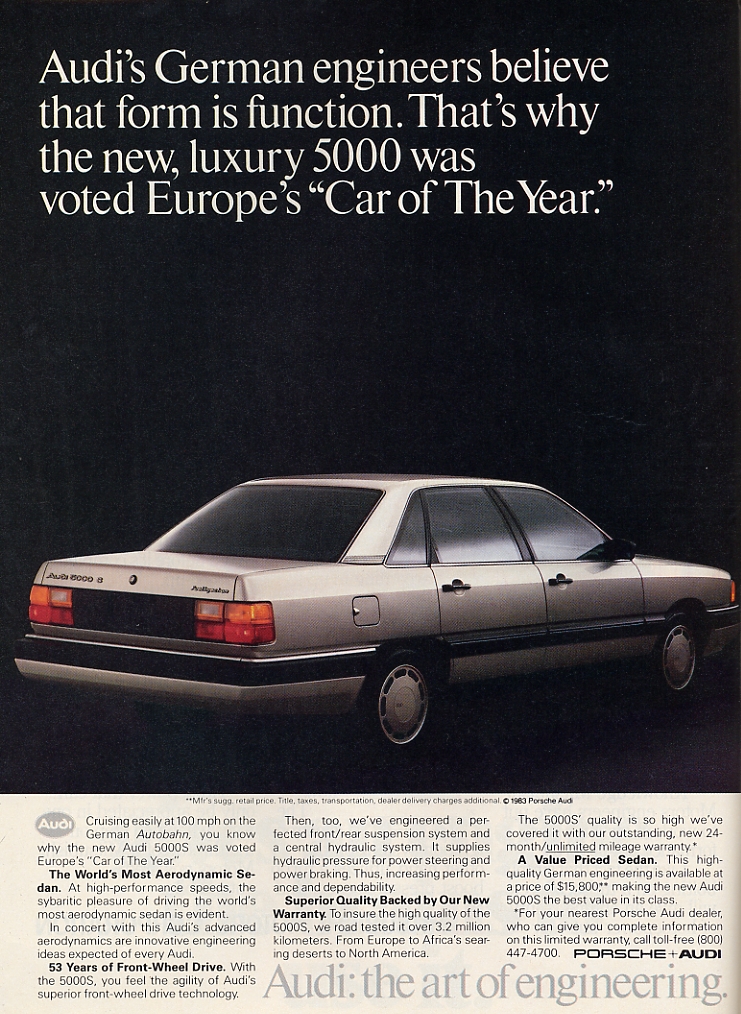
During that period, senior management of Volkswagen made a strategic decision to let the VW/Audi brands move upmarket.
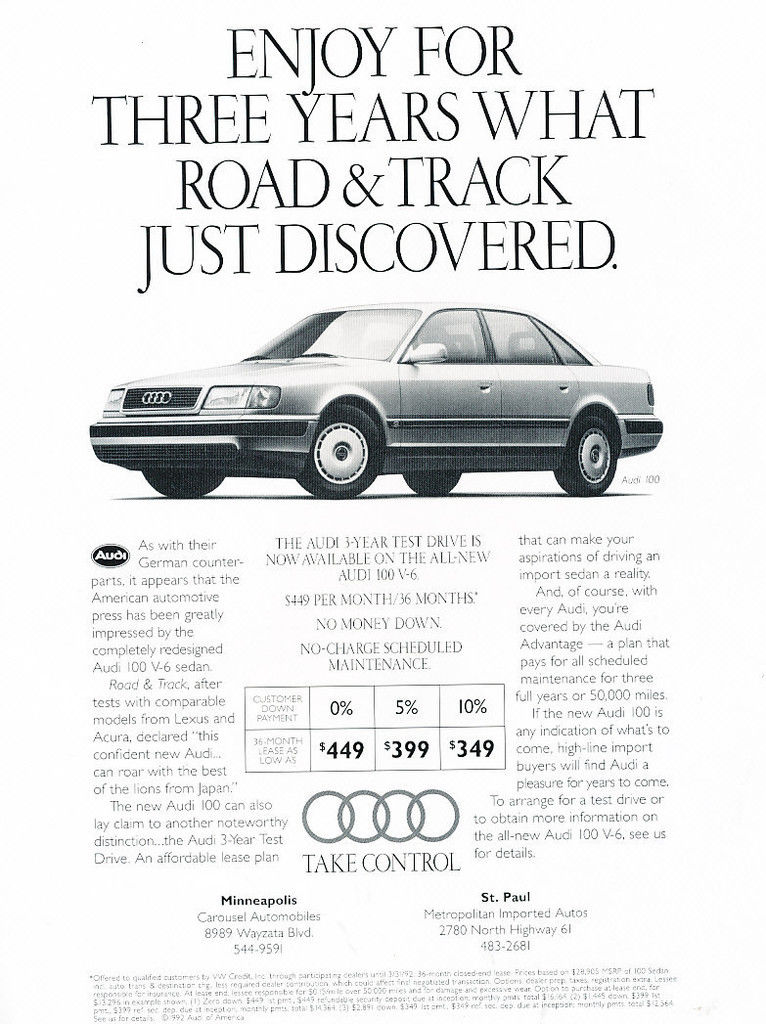
One action from this plan is to develop a series of 6-cylinder engines, to be placed into various VW/Audi vehicles. For your reference: at that time, almost all VW/Audi cars have either 4 or 5-cylindern engines.
In case you are unaware of Volkswagen’s distinctive corporate structure and culture: the German automaker, who is employing close to 600,000 employees (nearly 3 times the size of Ford), is strongly decentralized and extremely vertically integrated. This means overlap and duplication is a common norm in Volkswagen’s operations. How Volkswagen develop those 6-cylinder engines is a typical example of such corporate culture.
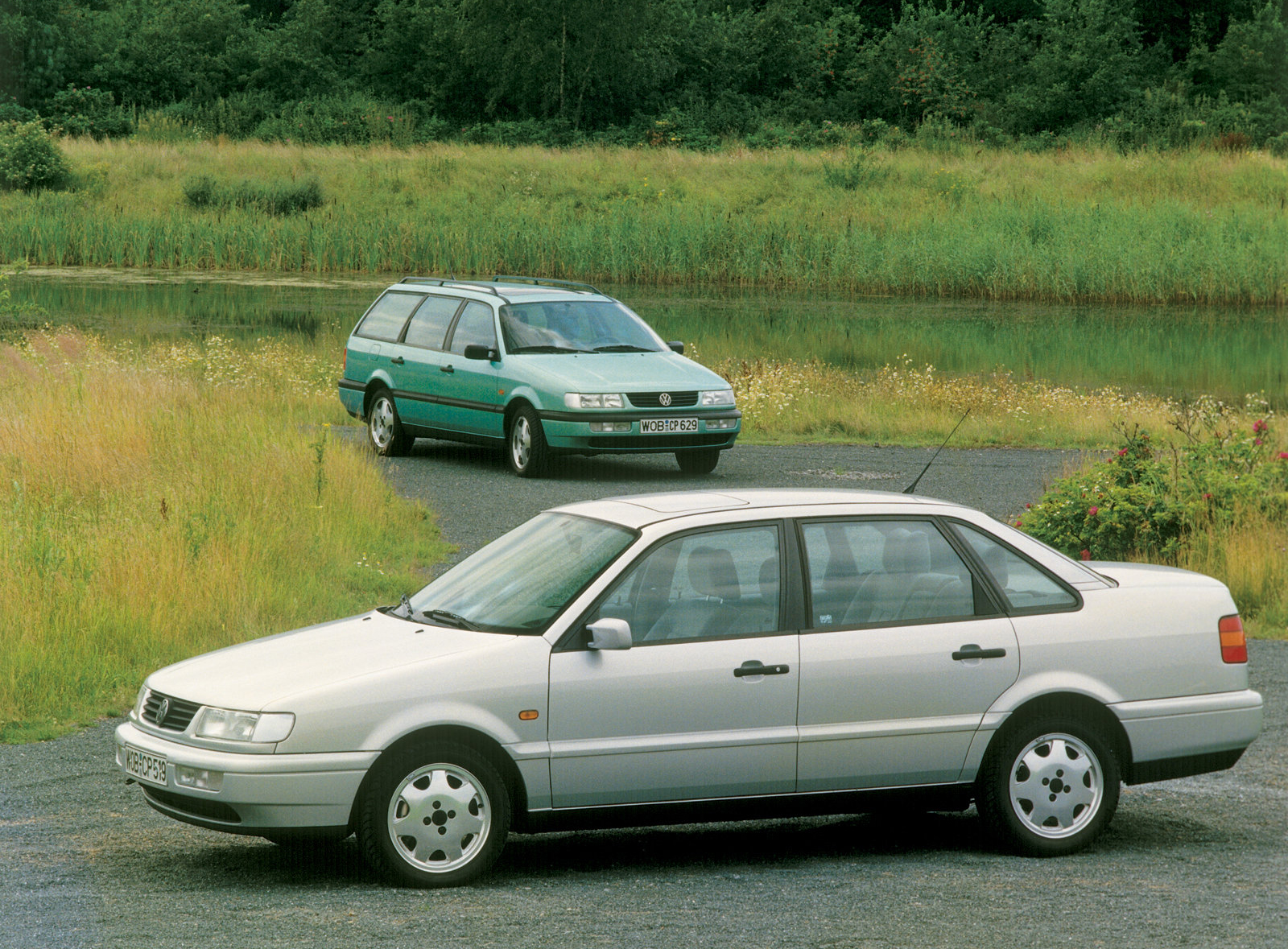
For Volkswagen brand, the target models to receive 6-cylinder engine are Passat and Golf. They belong to the transverse front engine layout, most popular trims are with 4-cylinder engines. Therefore, the car body design is optimized for the I4 engine application, which means very tight engine compartment, especially very limited room between the front axle and firewall. This makes it impossible to fit a typical V6 engine. The relatively narrow body also renders difficulty in putting an inline-6 engine.
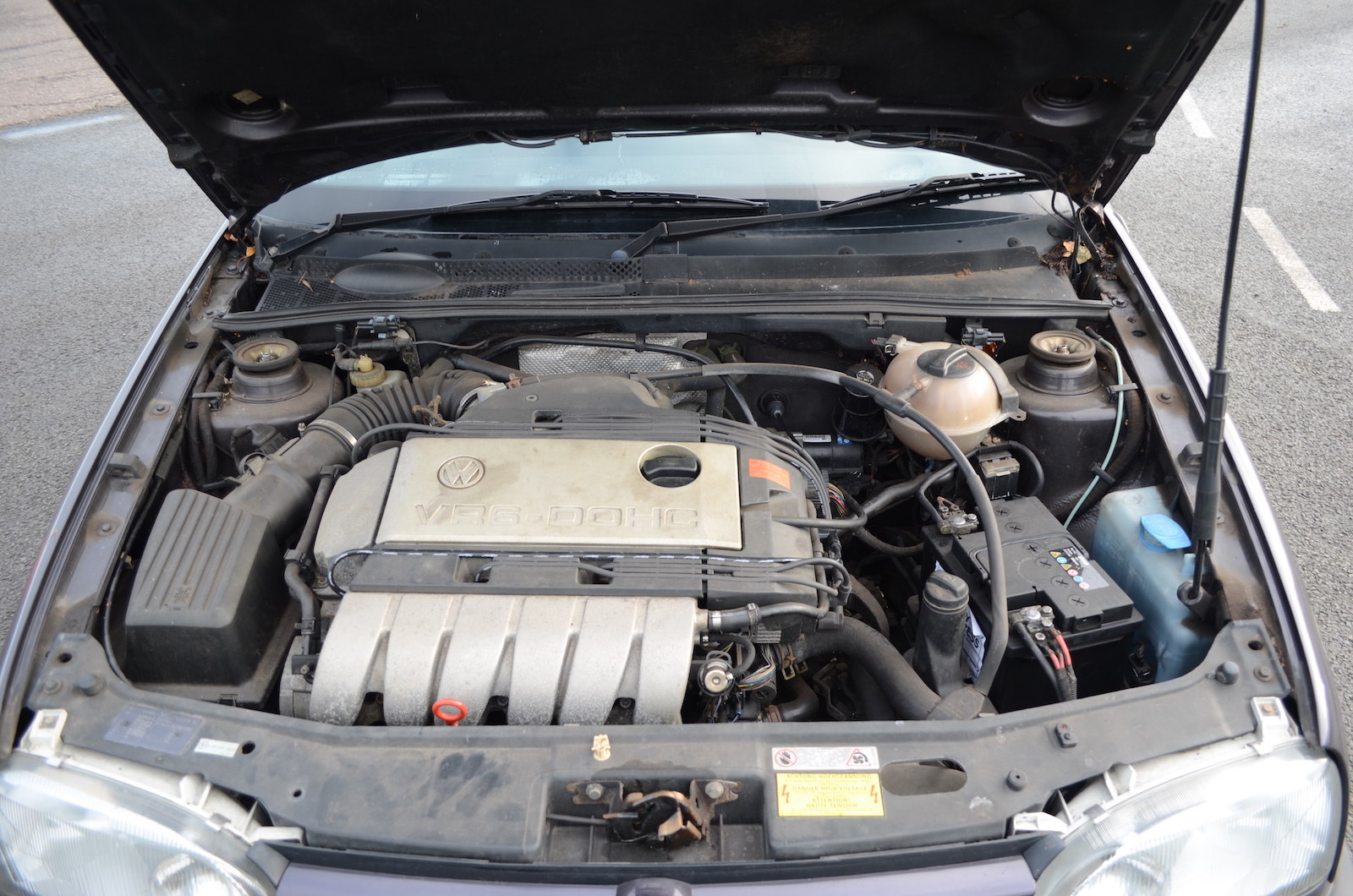
So Volkswagen engineers came out with a workaround: the VR6 design – it can be viewed as a narrow angle V6, with interlaced cylinders. The angle is so narrow that all cylinders share a single cylinder head. The VR6 is narrower than the I6, and shorter than the V6, so it can fit into the Passat/Golf perfectly.
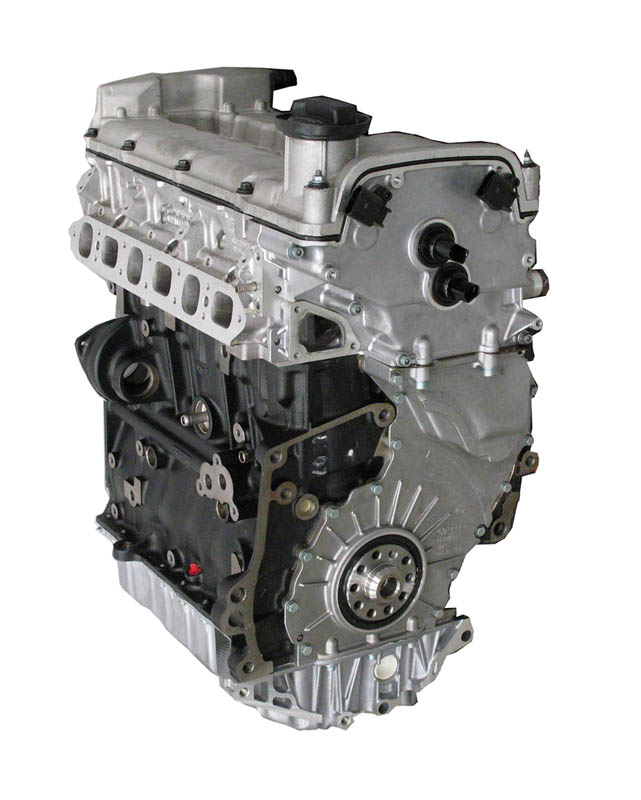
The VR6 comes with an initial displacement of 2.8L (starting 1991, used on the B3 Passat and Mk3 Golf), and later expanded to 2.9L. At first there are two valves per cylinder, later on it changed to 4 valves. During this period (1990 – 2000), these VR6 engines output around 150 – 200 hp, which is similar to other mainstream 6-cylinder engines in the market at that time.
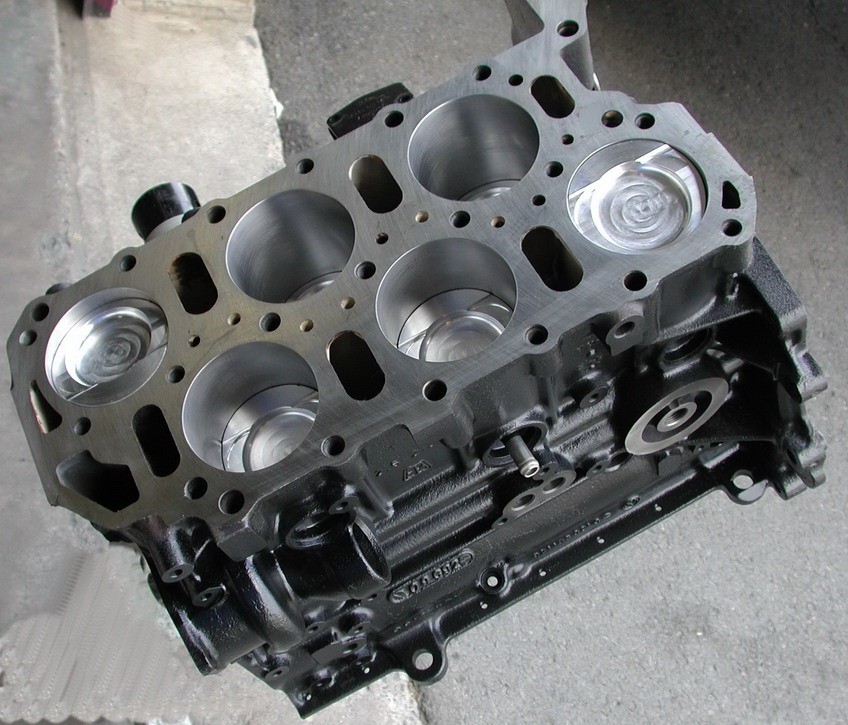
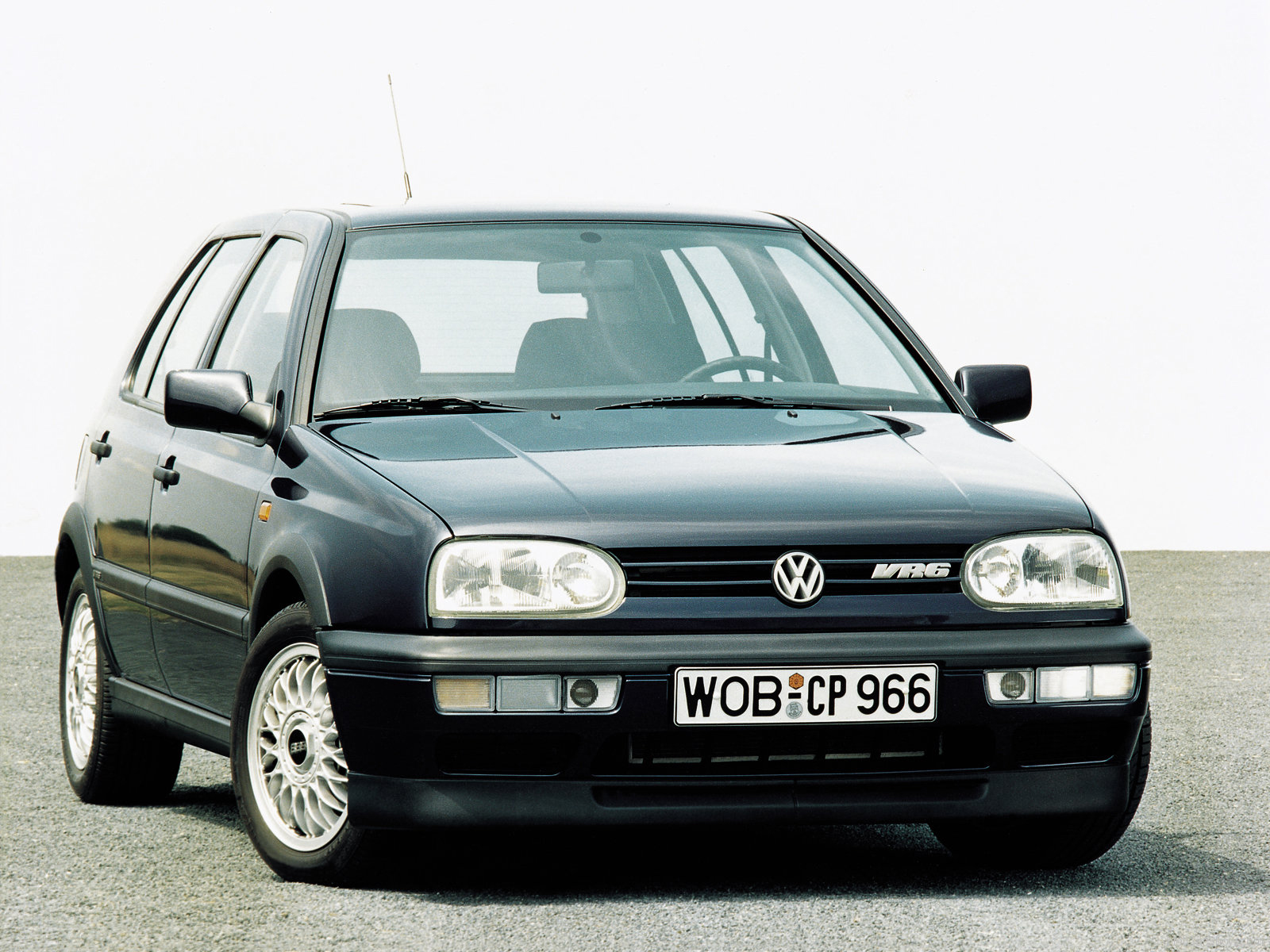
Next let’s take a look at the Audi side. They need 6-cylinder engines to install on the Audi 80/100. At that moment the special corporate culture in VW showed its effect: Audi decided not using the VR6 developed by VW itself, instead they designed its own 90-degree V6.
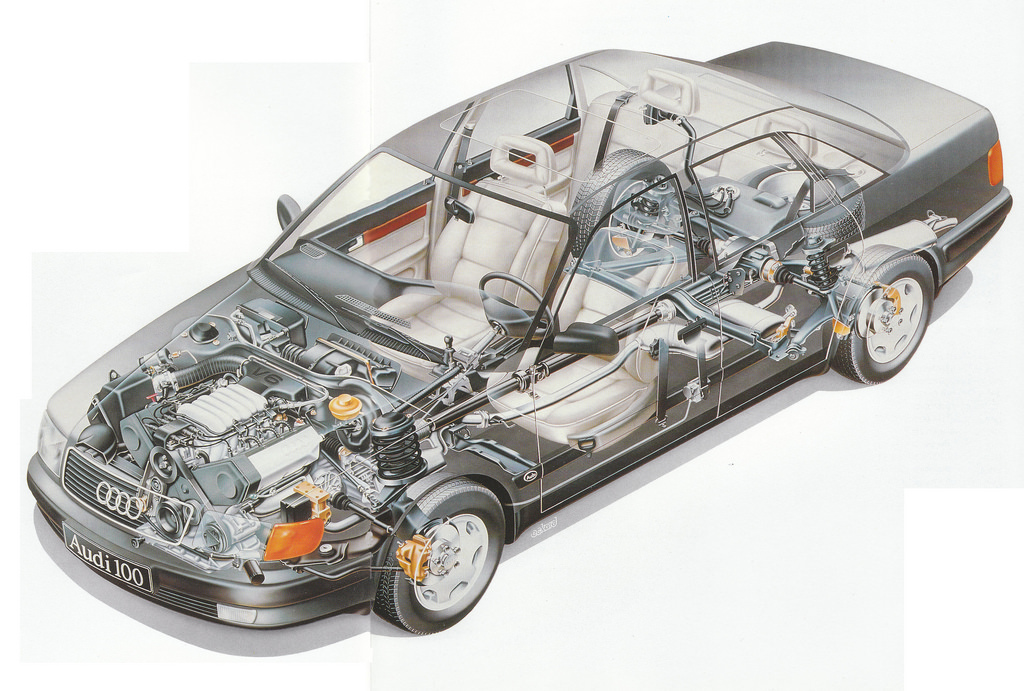
There are multiple reasons led to this decision, one major factor is: Audi models mount engine in the longitude direction, therefore are not subject to the space limitation like the VW Passat and Golf; and also, Audi did not want to accept the comprise of using the VR6. So finally, Audi decided to develop its own 90-degree V6.
The reason why Audi selected bank angle to be 90-degree instead of the more common 60-degree, is because it is derived from the brand’s 90-dgree V8 family. This also becomes a tradition since then.
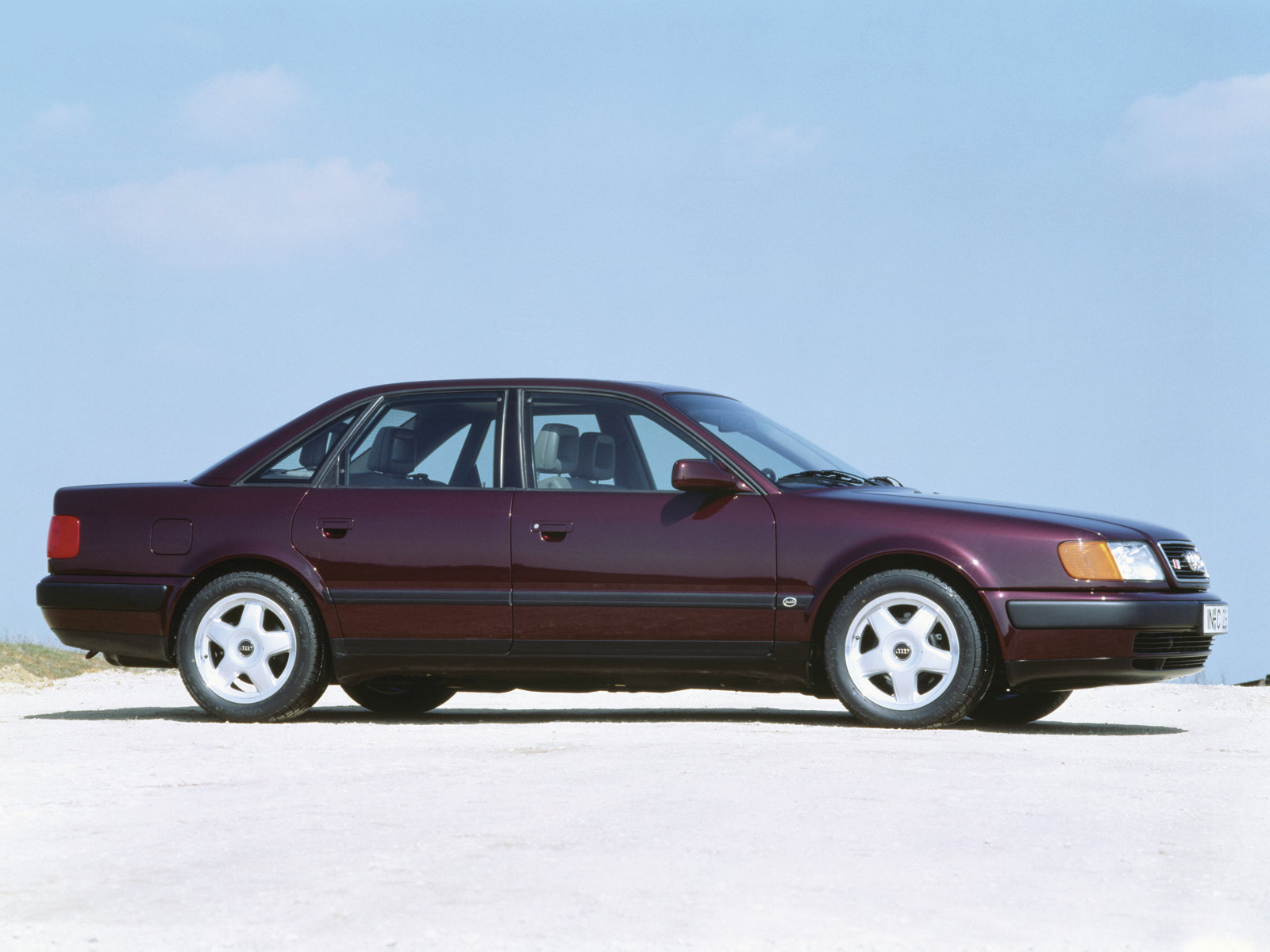
During this period, the Audi V6 has several versions, displacement varies from 2.4L, 2.6L and 2.8L. Each cylinder has 2 valves, or 4 valves and even 5 valves. Their output is similar to the VR6 counterpart, ranges from 150 to 200 hp.
Regardless whether it is VR6 (VW) or V6 (Audi), all those engines use multi-port fuel injection, and they do not use direct injection until 2006. Just looking at its peak output, during 1990s the VW VR6/Audi V6 engines are inline with other mainstream competitors.
The 1st-gen Porsche Cayenne came into production in 2002, and it picked the VW VR6 as its powerplant. This marks the end of the first era of VW group’s 6-cylinder engine venture.
(to be continued)


